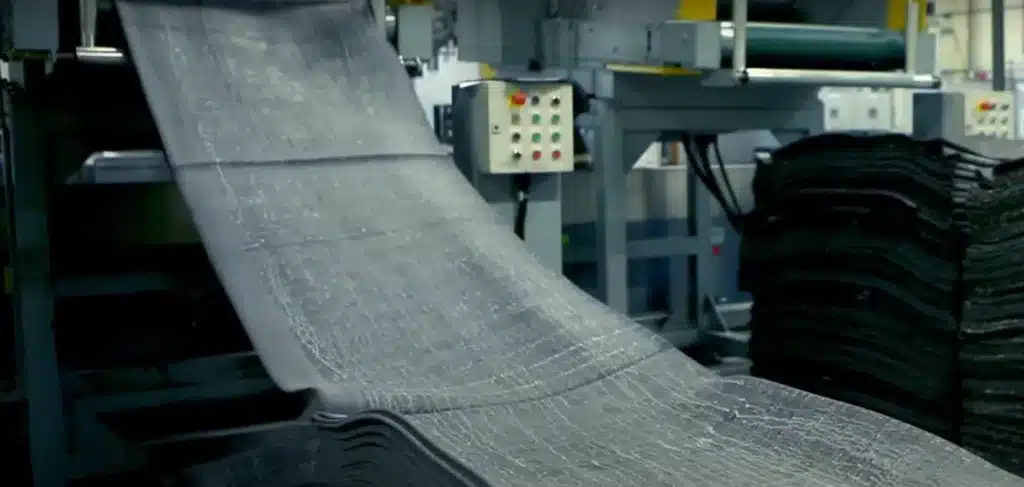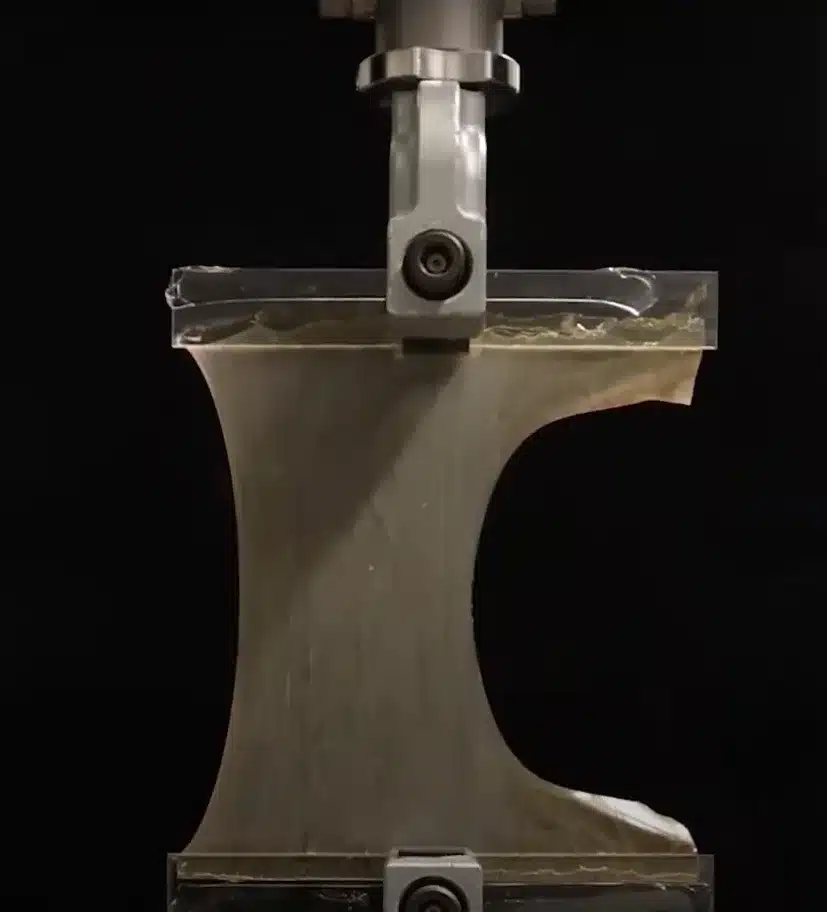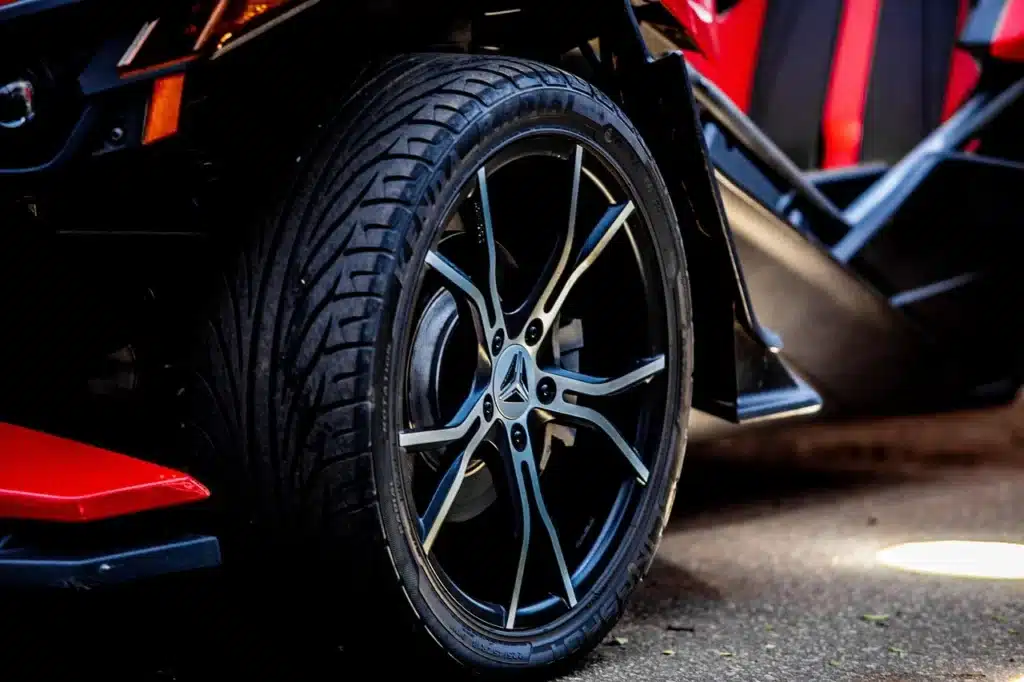Harvard has discovered a way to make rubber 10 times tougher and it could be big breakthrough for cars
Published on Jul 16, 2025 at 1:06 AM (UTC+4)
by Ben Thompson
Last updated on Jul 16, 2025 at 8:56 PM (UTC+4)
Edited by
Tom Wood
Harvard has discovered a way to make rubber 10 times tougher in what could be a big breakthrough for cars.
Rubber is used for many purposes in the car industry, including in gaskets, seals, and tires.
There’s just one problem – it tends to crack.
But thanks to researchers at the Harvard School of Engineering and Applied Sciences, this could be set to change.
EXPLORE SBX CARS – Supercar auctions starting soon powered by Supercar Blondie
How Harvard discovered a way to make rubber 10 times tougher
The scientists over at Harvard managed to make rubber 10 times tougher simply by tweaking the vulcanization process.
Now, we know what you’re thinking.
‘Does that have something to do with Star Trek?’
But beyond that, you’re probably also trying to figure out what the vulcanization process is, and if it’s something you forgot from a high school science class.

Vulcanized rubber production was patented by Charles Goodyear back in 1844.
The process begins with rubber latex which comes from Hevea trees, which is harvested, coagulated, dried, mixed with additives, shaped, and heated.
Not exactly a basic process then.
The scientists at Harvard had a thought – how about make the process gentler?
That one tweak may have just brought about a revolutionary development.

The rubber was made four times better at resisting slow crack growth, even when repeatedly stretched.
“We imagined that the properties would be enhanced maybe twice or three times, but actually they were enhanced by one order of magnitude,” said Zheqi Chen, one of the researchers.
Not only is the rubber now tougher against cracks, but it’s more resistant to other conditions that would normally cause it to break down.
At this current stage, it’s not well-suited for automotive applications.

For now, it’s better suited for gloves and smaller applications.
But in the years to come, we could see this process being upscaled and applied to cars.
Scientists are always working on amazing new technology
Scientists are always busy at work finding ways to improve the world.
And that often includes cars.
Just recently, some scientists discovered $12 trillion worth of phosphorus in Norway that could power EVs for 50 years.
Over in Texas, some scientists made a breakthrough on a decades-long problem that had been plaguing electric cars.
And some have even found a way to make EV batteries out of the shells of crustaceans.
The mind boggles contemplating at what they might come up with next.
Click the star icon next to supercarblondie.com in Google Search to stay ahead of the curve on the latest and greatest supercars, hypercars, and ground-breaking technology.
DISCOVER SBX CARS: The global premium car auction platform powered by Supercar Blondie




